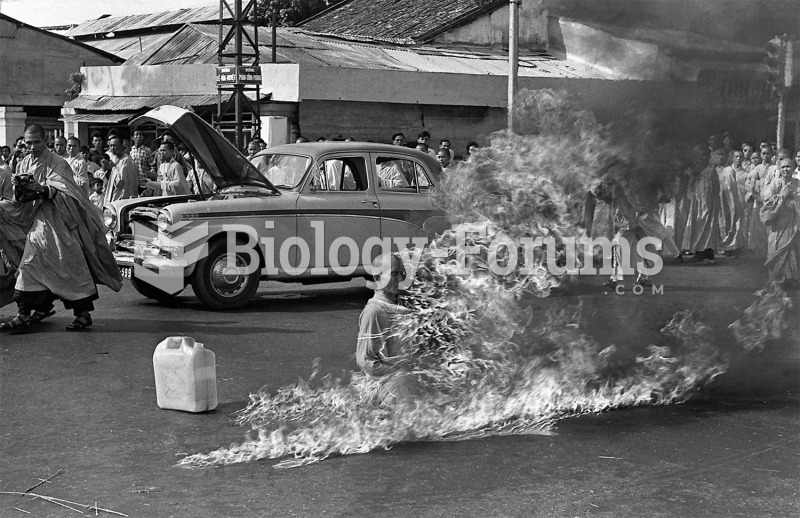Answer to Question 1
Answer: An ideal response will:
1. Note that the Equal Pay Act of 1963 requires that employers pay men and women the same wages for the same work. The student may note that the law has been unsuccessful in equalizing salaries, given that women earn about 25 percent less than men.
2. Explain how Lilly Ledbetter experienced gender discrimination for most of her career, yet was unable to convince the Supreme Court that the Equal Pay Act of 1963 had been violated. Congress responded to this Supreme Court decision by passing the Lilly Ledbetter Fair Pay Act, which now explicitly allows for discrimination cases to proceed even if the discriminatory act took place over the course of several years.
3. Give an overall assessment of the reasons why women continue to earn less than men. These reasons may include continued de facto discrimination and the employment choices that women make.
Answer to Question 2
Answer: An ideal response will:
1. Compare the NAACP and the SCLC, noting that both organizations were formed during the twentieth century and were dedicated to promoting equality for African Americans.
2. Contrast the NAACP and the SCLC, noting that the NAACP was formed in the North early in the twentieth century by a group of progressives who sought to further equality through litigation, while the SCLC was formed in the South in the 1950s by Rev. Martin Luther King Jr., was closely rooted in black religious culture, and reflected King's beliefs in the importance of nonviolent protest and civil disobedience.
3. Discuss how the SNCC developed after attention was given to the SCLC's sit-ins, when college students began using similar civil disobedience tactics, such as freedom rides, to focus public attention on the cause of equality for African Americans.
4. Describe how the SCLC and SNCC were differentfor example, the SCLC generally worked with church leaders in a community, while the SNCC, a grassroots organization that drew both black and white young people, was perceived as the more radical organization, expanding beyond sit-ins to freedom rides and other actions, with members often experiencing violent reactions to their tactics.
5. Evaluate whether the techniques of one organization were more successful than those of the others. Answers will vary, but an ideal response might note that both litigation and civil disobedience moved the cause of equality forward, the first because it worked within the system to change it, and the second because it built support for the civil rights movement through media coverage and added public opinion pressure to support the litigation.
6. Evaluate whether those currently fighting for gay and lesbian rights could successfully advance their cause through engaging in both litigation and nonviolent protest. Answers will vary, but an ideal response could argue that litigation is a necessary part of changing laws, while nonviolent protest is one of the most effective ways to create media attention and, ultimately, sympathy from the public. Others may argue that although litigation may be an important part of changing laws, nonviolent protest would not work well for the gay rights movement because the issues are different.







